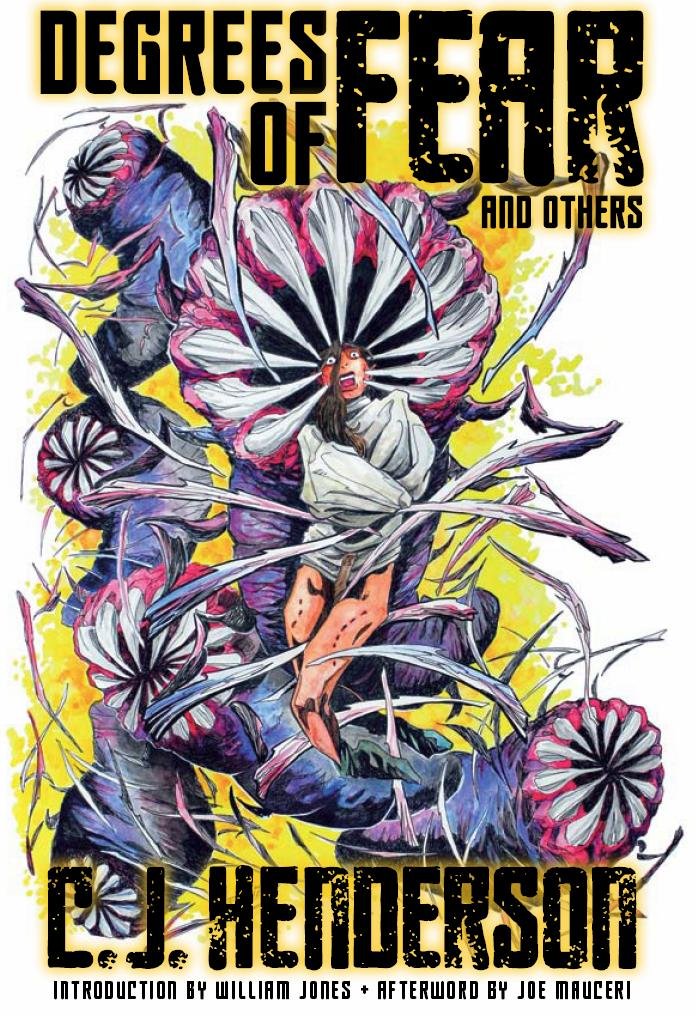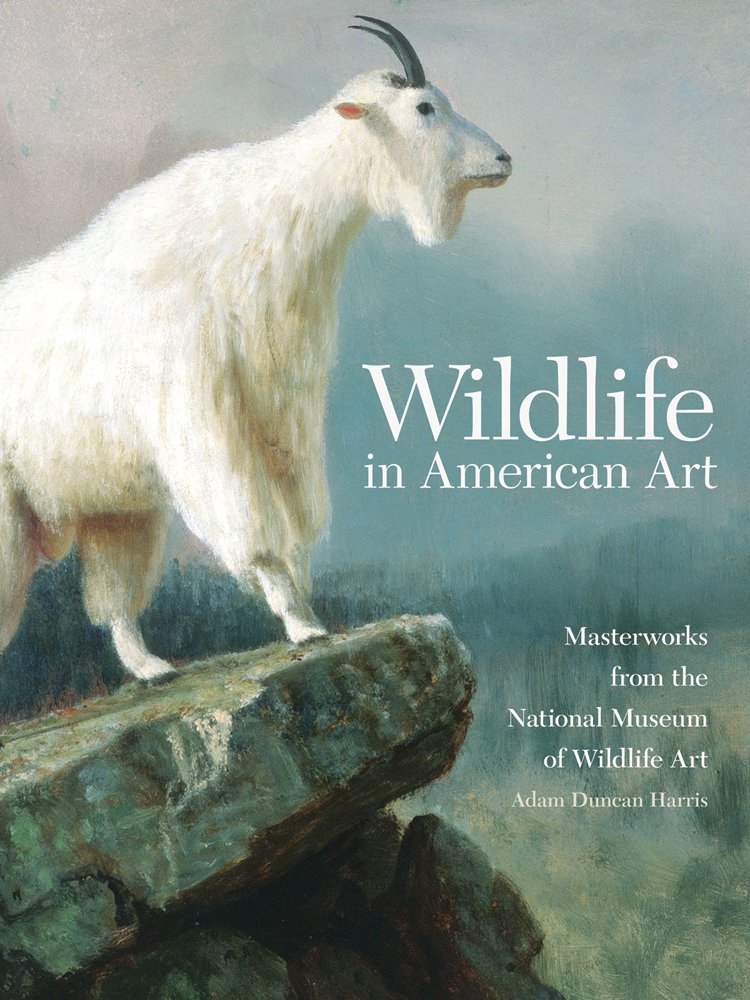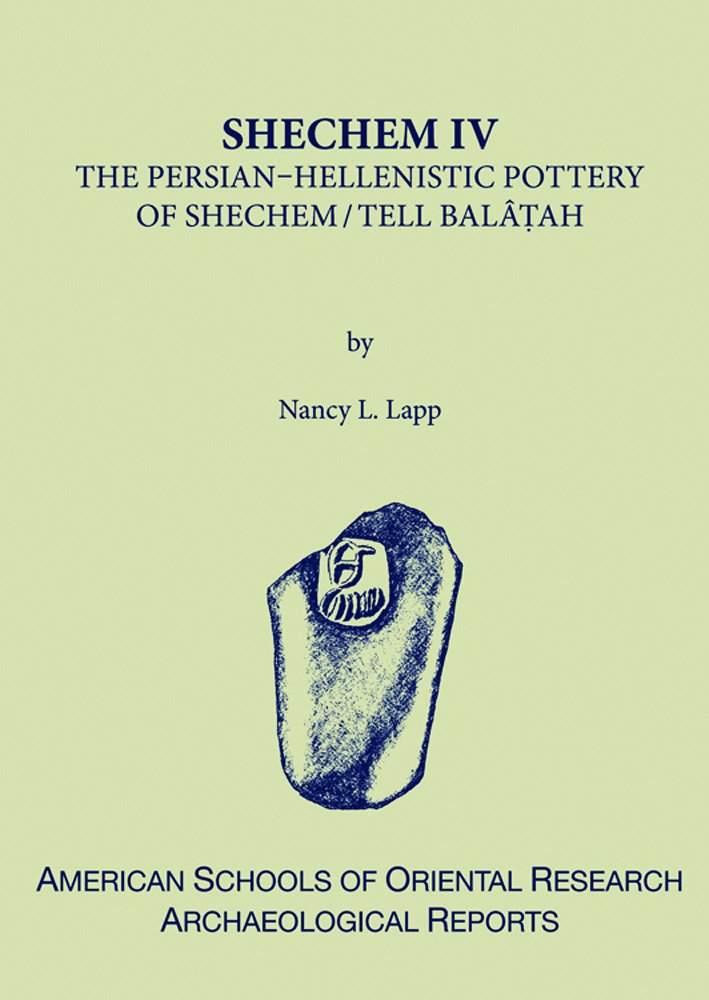A curator (from Latin: curare meaning "take care") is a manager or overseer. Traditionally, a curator or keeper of a cultural heritage institution (i.e., gallery, museum, library or archive) is a content specialist responsible for an institution's collections and involved with the interpretation of heritage material. The object of a traditional curator's concern necessarily involves tangible objects of some sort, whether it is artwork, collectibles, historic items or scientific collections. More recently, new kinds of curators are emerging: curators of digital data objects and biocurators.

Curator responsibilities
In smaller organizations, a curator may have sole responsibility for acquisitions and even collections care. The curator will make decisions regarding what objects to take, oversee their potential and documentation, conduct research based on the collection and history, provide proper packaging of art for transportation, and shares that research with the public and community through exhibitions and publications. In very small volunteer-based museums, such as local historical societies, a curator may be the only paid staff member.
In larger institutions, the curator's primary function is as a subject specialist, with the expectation that he or she will conduct original research on objects and guide the organization in its collecting. Such institutions can have multiple curators, each assigned to a specific collecting area (e.g., Curator of Ancient Art, Curator of Prints and Drawings, etc.) and often operating under the direction of a head curator. In such organizations, the physical care of the collection may be overseen by museum collections managers or museum conservators, and documentation and administrative matters (such as insurance and loans) are handled by a museum registrar.
In the United Kingdom, the term curator is also applied to government employees who monitor the quality of contract archaeological work under Planning Policy Guidance 16: Archaeology and Planning (PPG 16) and are considered to manage the cultural resource of a region. In the museum setting, a curator in the United Kingdom may also be called a "keeper".
In Scotland, the term "curator" is also used to mean the guardian of a child.
In the United States, a curator's job is multifaceted, and dependent on their particular institution and its mission. However, in recent years the role of a curator has evolved alongside the changing role of museums. As museums in the United States have become increasingly more digitized, curators find themselves constructing narratives in both the material and digital worlds. Historian Elaine Gurian has called for museums in which "visitors could comfortably search for answers to their own questions regardless of the importance placed on such questions by others." This would change the role of curator from teacher to "facilitator and assistor." In this sense the role of curator in the United States is precarious as digital and interactive exhibits often allow the public to become their own curator, and choose their own information.
More recently, advances in new technologies have led to a further widening of the role of curator. This has been focused in major art institutions internationally and has become an object of academic study and research.
In contemporary art, the title curator is given to a person who selects and often interprets works of art. In addition to selecting works, the curator often is responsible for writing labels, catalog essays, and other supporting content for the exhibition. Such curators may be permanent staff members, be "guest curators" from an affiliated organization or university, or be "freelance curators" working on a consultant basis. The late twentieth century saw an explosion of artists organizing exhibitions. The artist-curator has a long tradition of influence. Notable among these was Sir Joshua Reynolds, founder of the Royal Academy, London.
In some American organizations, the term curator is also used to designate the head of any given division of a cultural organization. This has led to the proliferation of titles such as "Curator of Education" and "Curator of Exhibitions". The term "literary curator" has been used to describe persons who work in the field of poetry, such as former 92nd Street Y poetry director Karl Kirchwey. This trend has increasingly been mirrored in the United Kingdom in such institutions as Ikon, Birmingham, UK and Baltic, Gateshead, UK.
In Australia and New Zealand, the term is also applied to a person who prepares a sports ground for use (especially a cricket ground) This job is equivalent to that of groundsman in some other cricketing nations.
In France, the term curator is translated as conservateur. There are two kinds of curators, Heritage curators (conservateurs du patrimoine) with five specialities (archeology, archives, museums, historical monuments, natural science museums), and Librarian curators (conservateurs des bibliothèques). These curators are in public service, selected by competitive exam, the use of the title curator by private workers remains unofficial.
Museum Curator Degree Video
Education and training
Curators generally hold a higher academic degree in their subject, typically a Doctor of Philosophy or a master's degree in subjects such as history, history of art, archaeology, anthropology, or classics. Curators are also expected to have contributed to their academic field, for example, by delivering public talks, publishing articles or presenting at specialist academic conferences. It is important that curators have knowledge of the current collecting market for their area of expertise, and are aware of current ethical practices and laws that may impact their organisation's collecting.
Recently, the increased complexity of many museums and cultural organisations has prompted the emergence of professional programs in fields such as public history, museum studies, arts management, and curating/curatorial practice. In 1992, the Royal College of Art established an MA course co-funded by the Royal College of Art and the Arts Council of Great Britain, the first in Britain to specialise in curating with a particular focus on contemporary art. The course is now funded by Arts Council England, and in 2001 the course title was amended to Curating Contemporary Art to more accurately reflect the content and primary focus of the programme. Similarly, a number of contemporary art institutions launched curatorial study courses as an alternative to traditional academic programs. Established in 1987, the École du Magasin is a curatorial training program based at the art center Le MAGASIN in Grenoble, France. Similarly, the Whitney Museum of American Art, through its Independent study program, hosts a curatorial program as one of its three study areas, and de Appel arts centre hosts its curatorial programme since 1994. Other institutions that run programs in curating include Norwich University of the Arts; The Courtauld Institute of Art, London, UK, Kingston University; Goldsmiths College, University of London; Birkbeck, University of London; Chelsea College of Art and Design; University of the Arts London; California College of the Arts; University of Southern California; Bard College; The School of Visual Arts; the École du Louvre; University of Rennes 2--Upper Brittany; Ontario College of Art and Design and The University of Melbourne. (See ->External links for further information on courses.)

Technology and society
In the same way that a museum curator may acquire objects of relevance or an art curator may select or interpret a work of art, the injection of technology and impact of social media into every aspect of our society has seen the emergence of technology curators; someone who is able to disentangle the science and logic of a particular technology and apply it to real world situations and society, whether for social change or commercial advantage. The first UK Wired Conference had a test lab, where an independent curator selected technology that showcased radical technology advancements and their impact on society, such as the ability to design and "print" real world objects using 3D printers (such as a fully working violin) or the ability to model and represent accurate interactive medical and molecular models in Stereoscopic 3D. MOVE, a Confestival started in 2010, celebrated the disruption of the perception of what a tech conference should be, using a radically more interactive format that drew on a variety of influences outside of the traditional world of technology, including religion, micro-banking for developing countries and interactive art installations/workshops such as the Future Cube and a giant interactive video projection.
Are You Looking for Products
Here some products related to "Curator".
Degrees of Fear and Other..
Wildlife in American Art:..
Shechem IV: The Persian-H..
Major Bruce H. Norton: Bo..
Get these at Amazon.com* amzn.to is official short URL for Amazon.com, provided by Bitly
Source of the article : here






EmoticonEmoticon